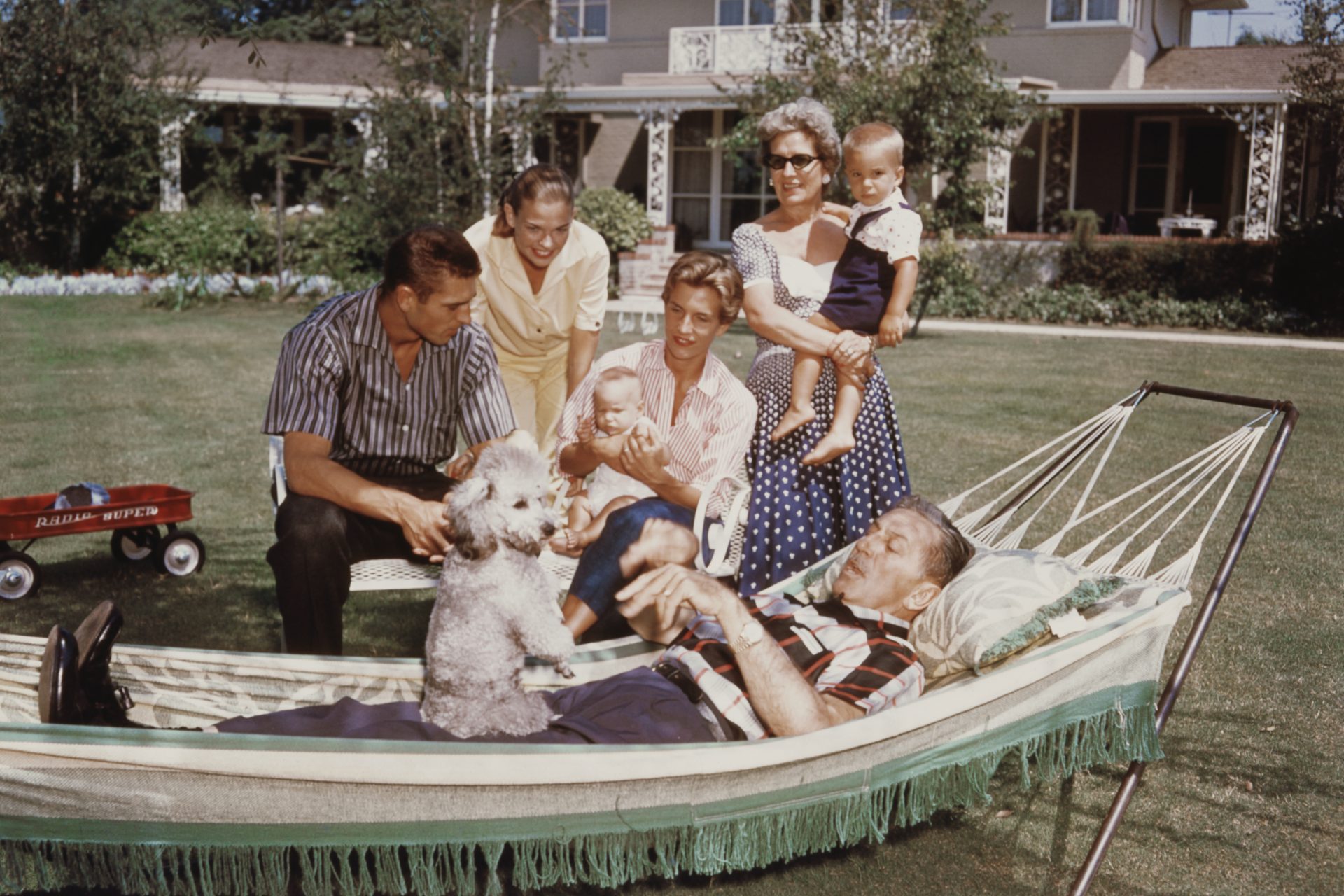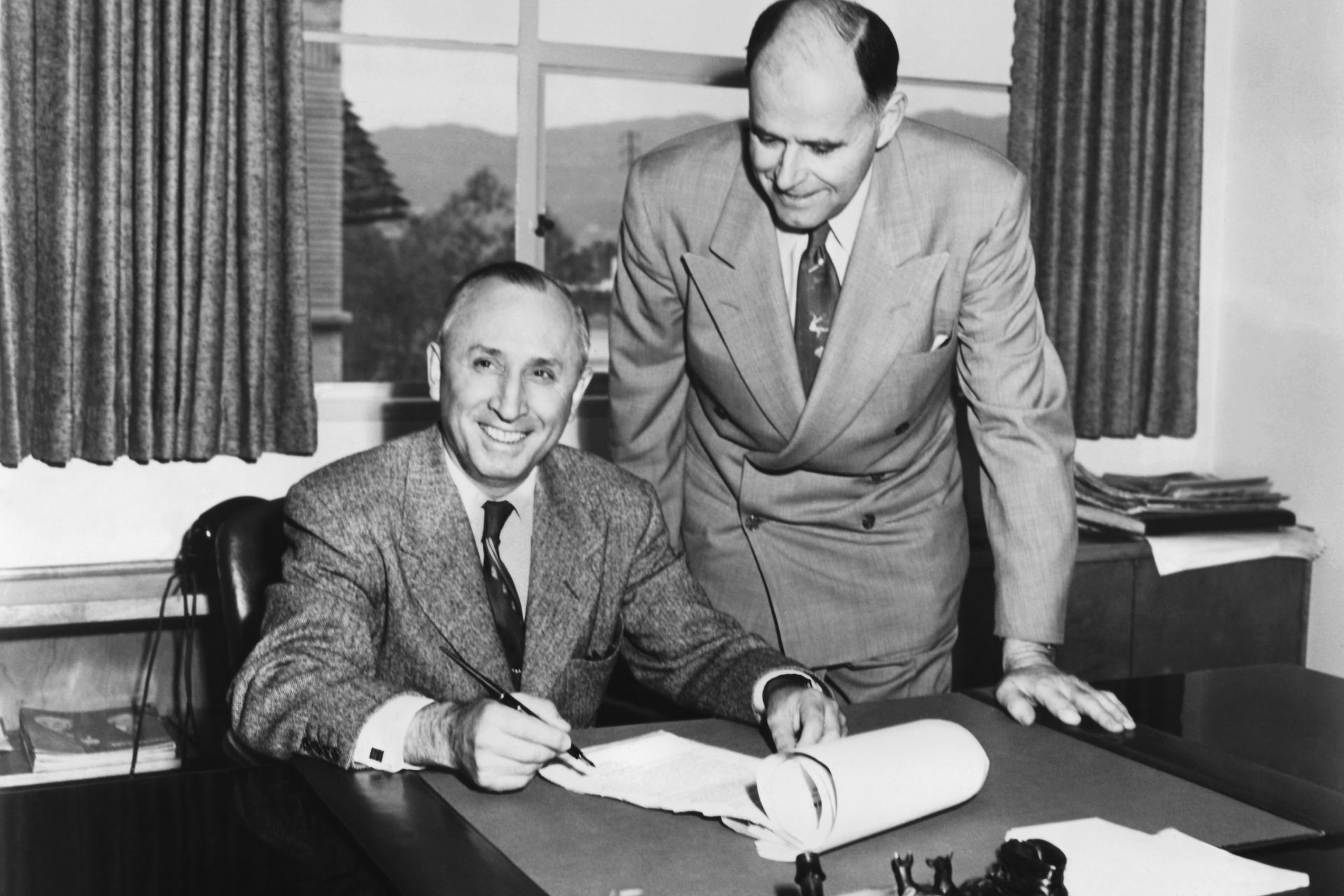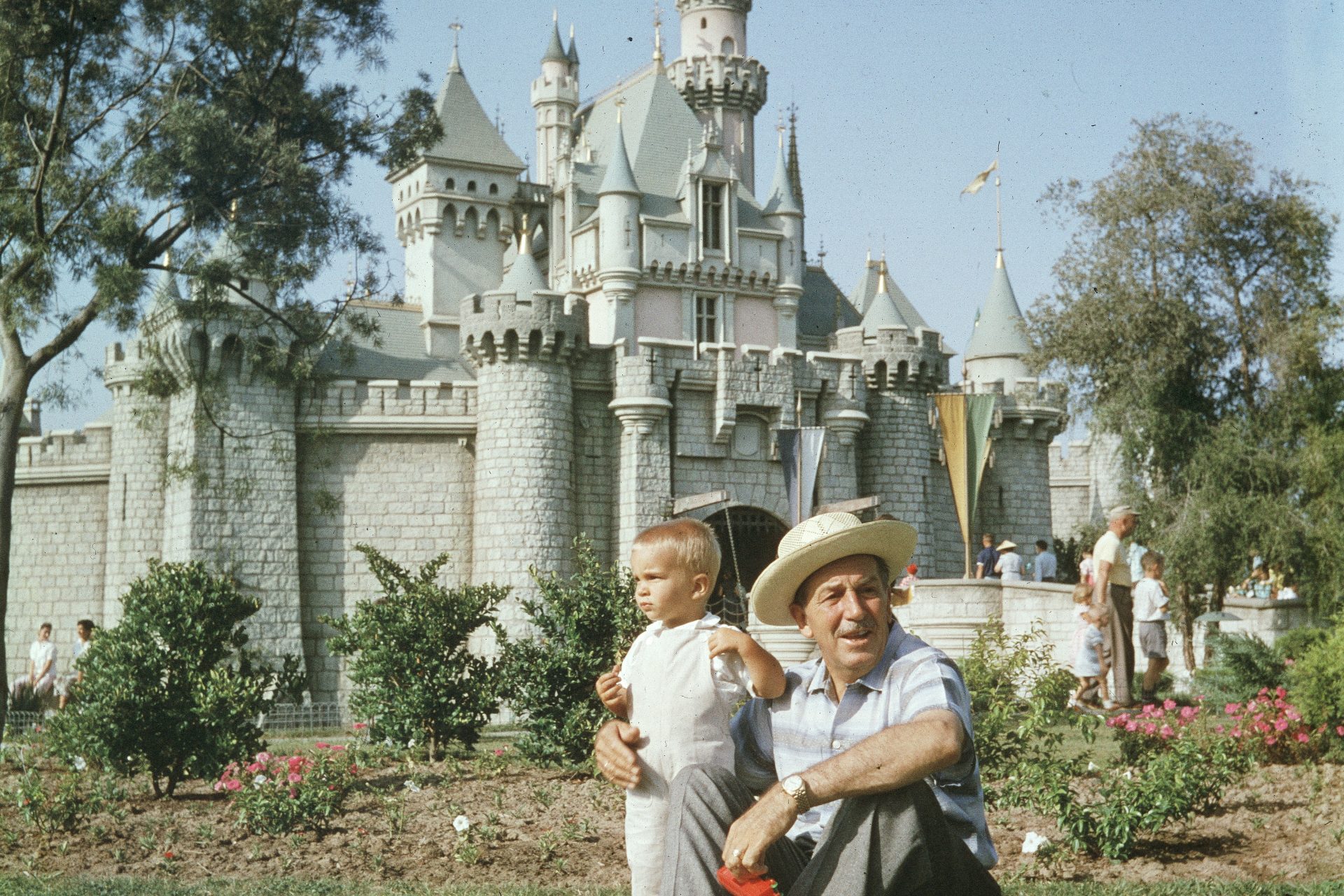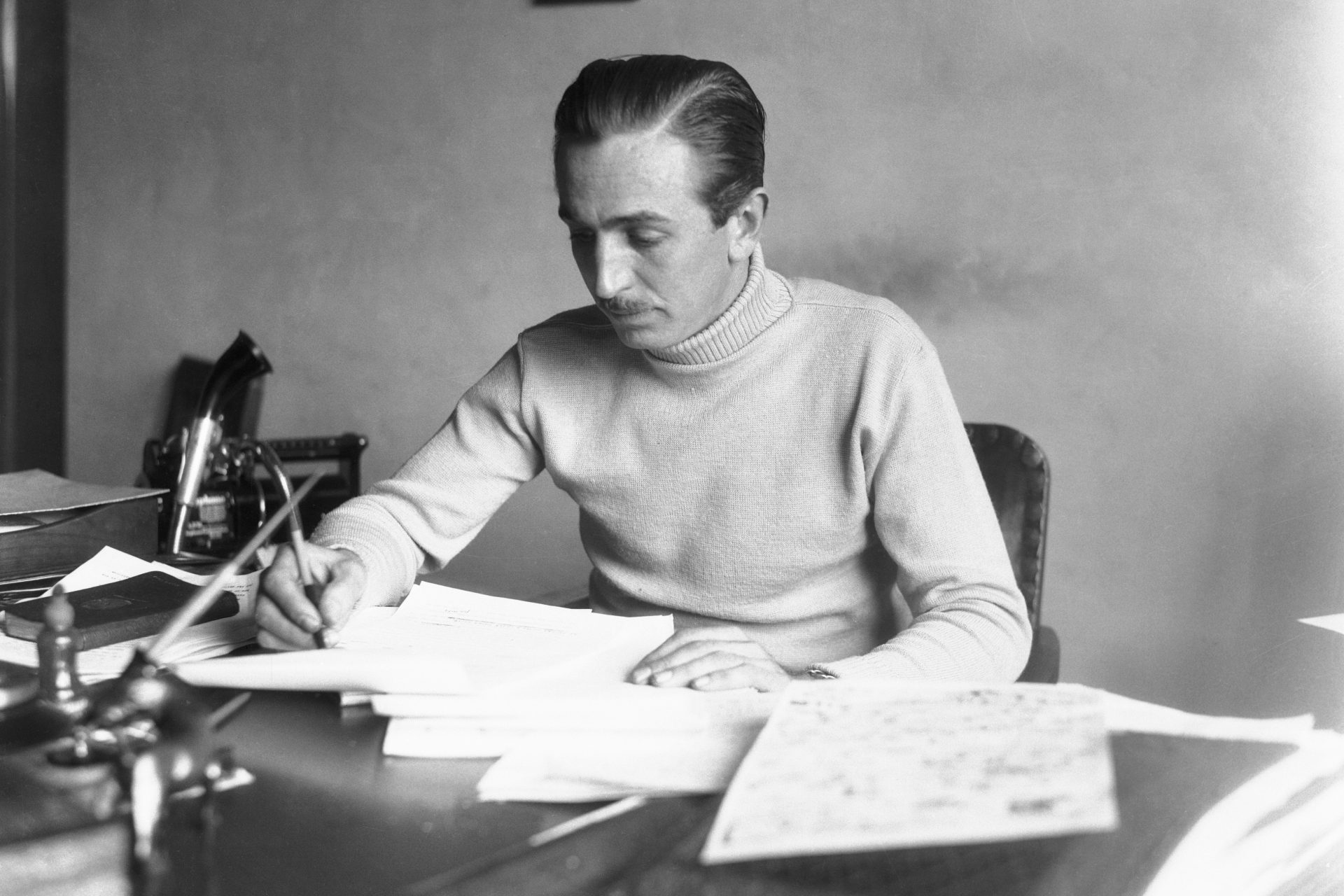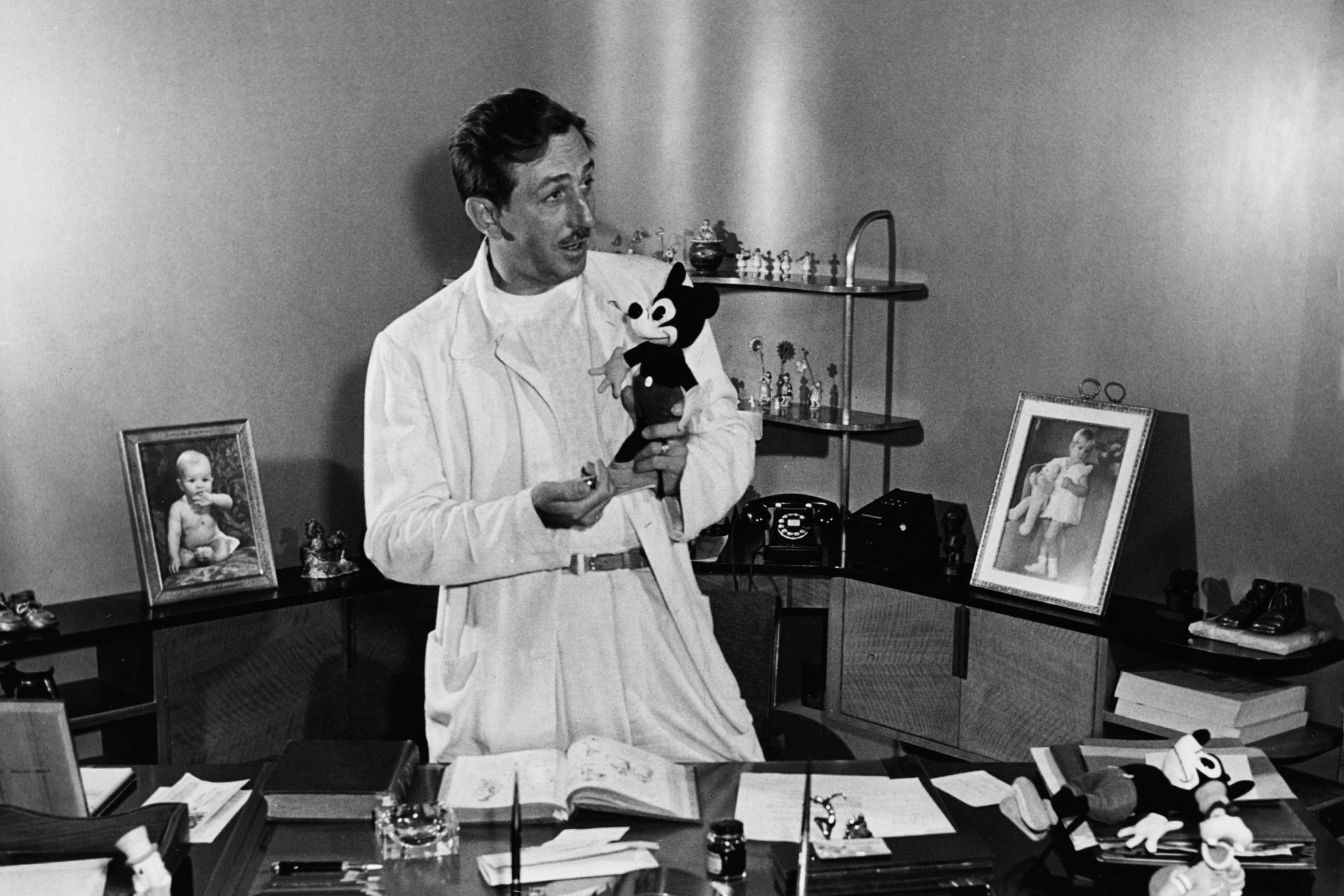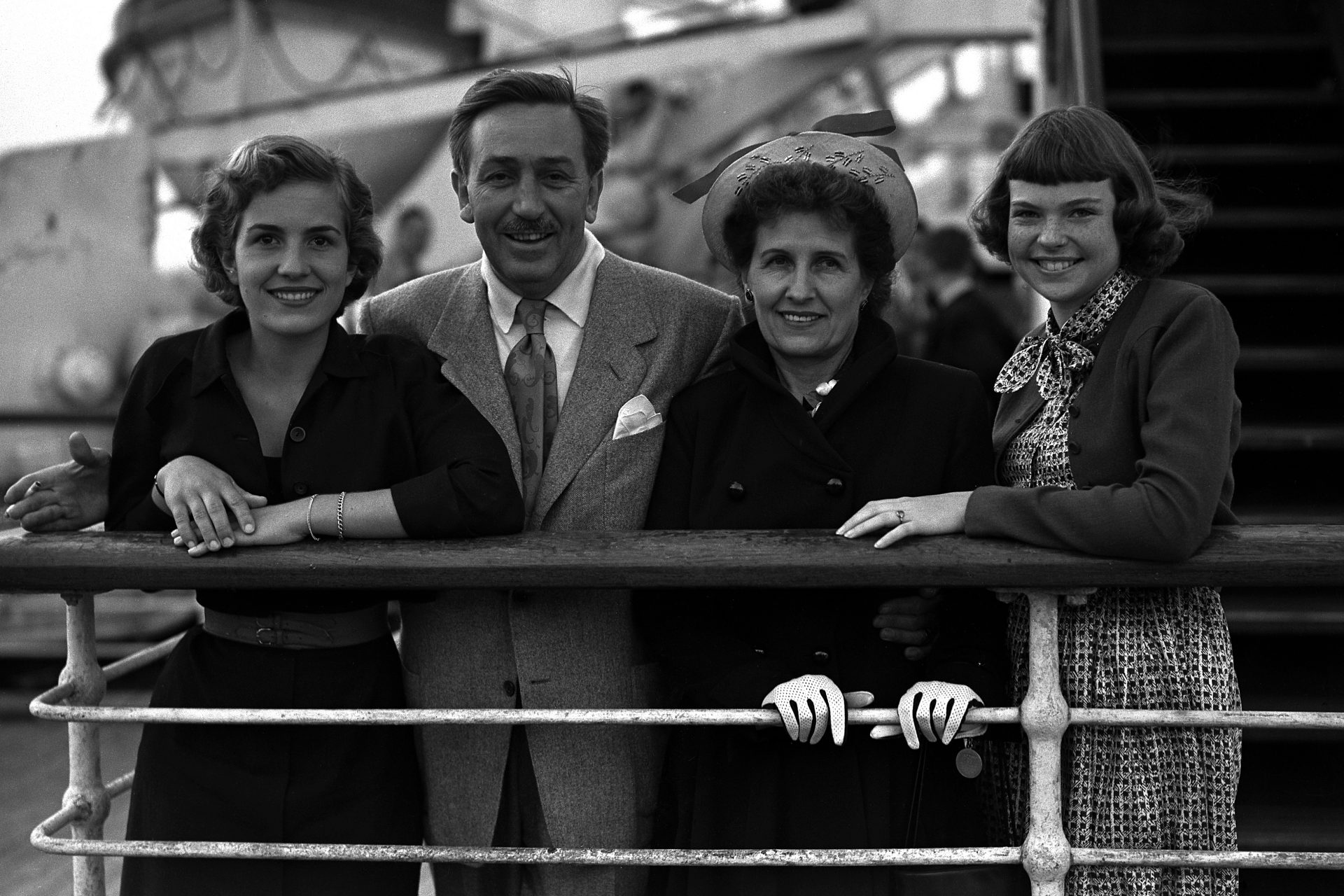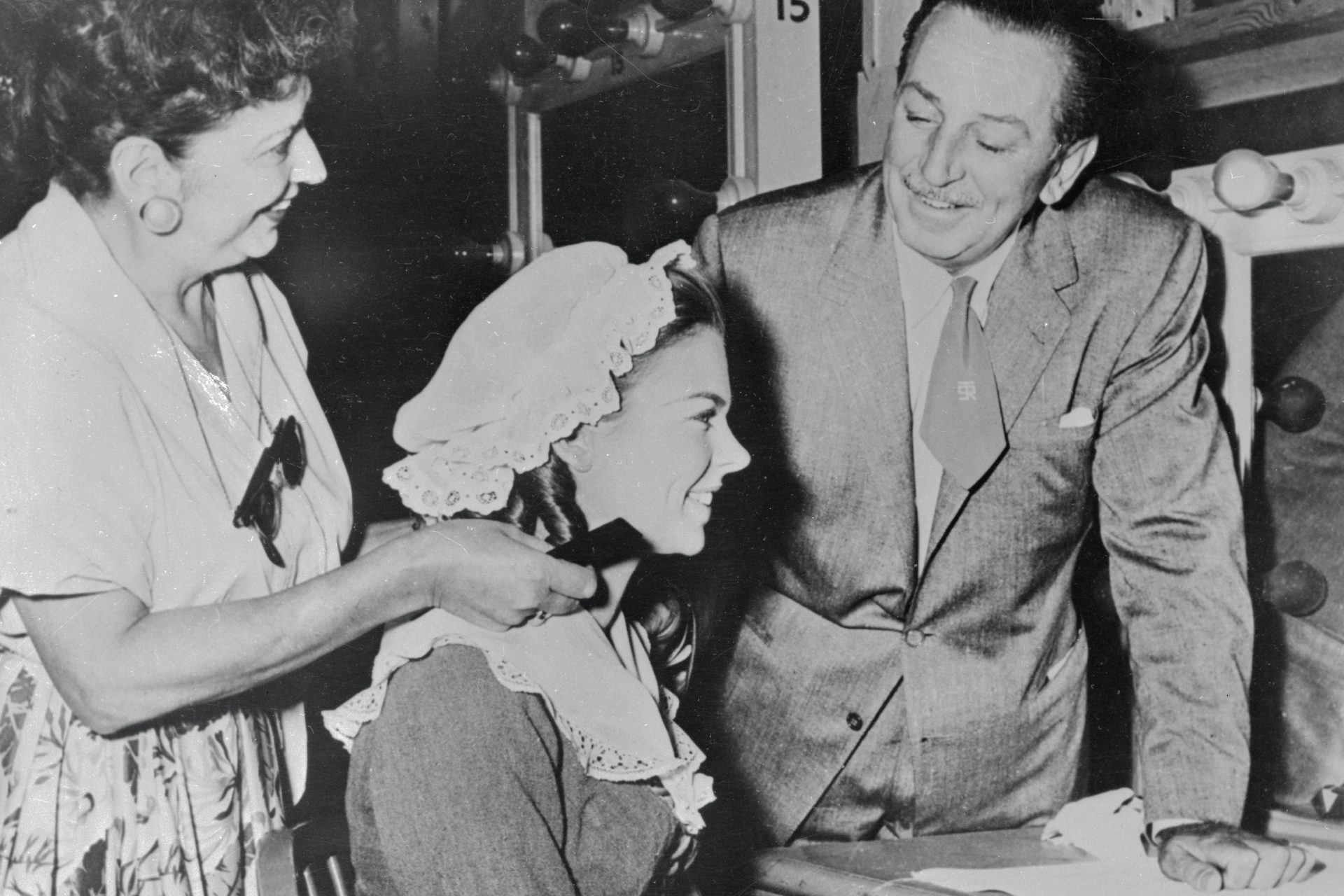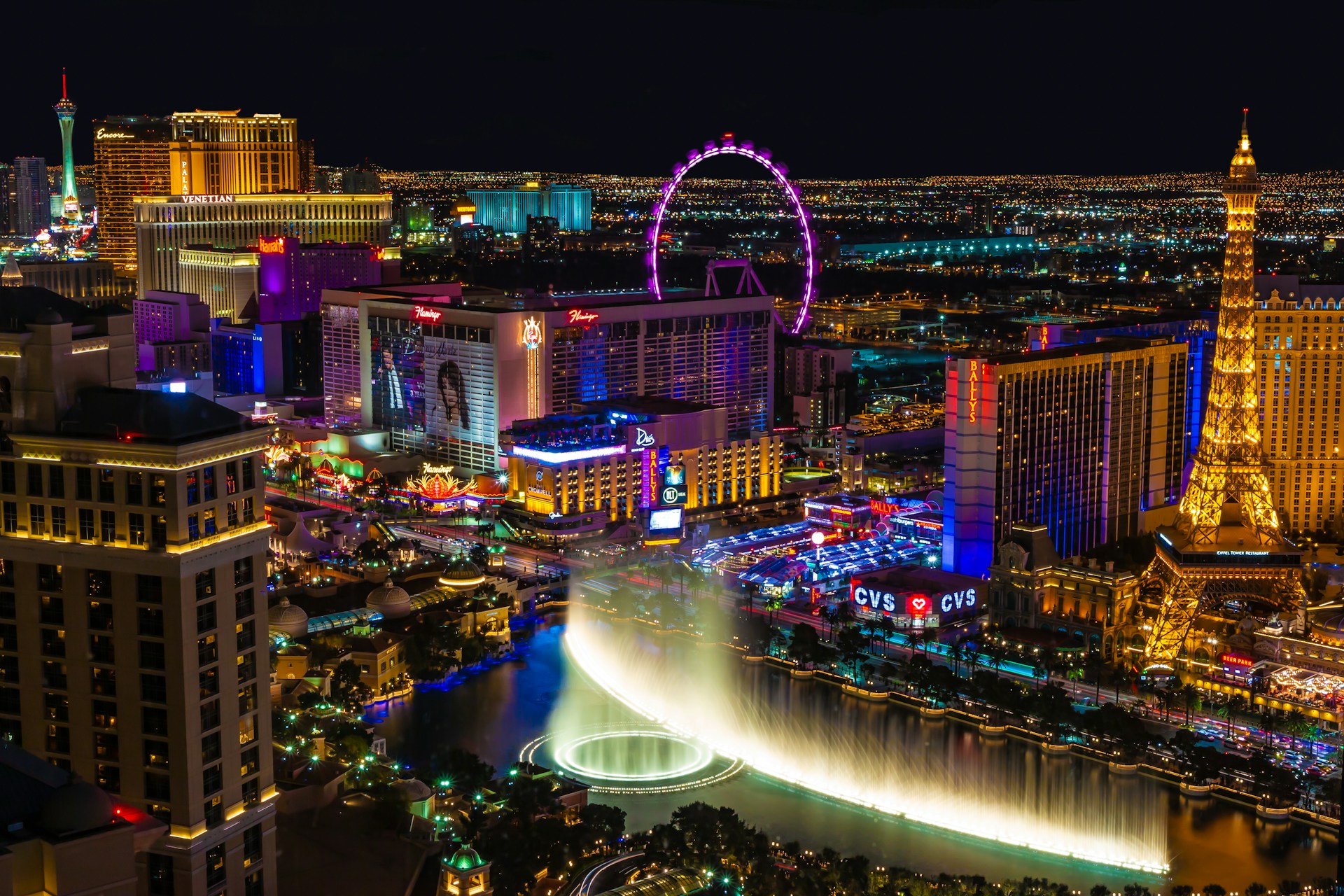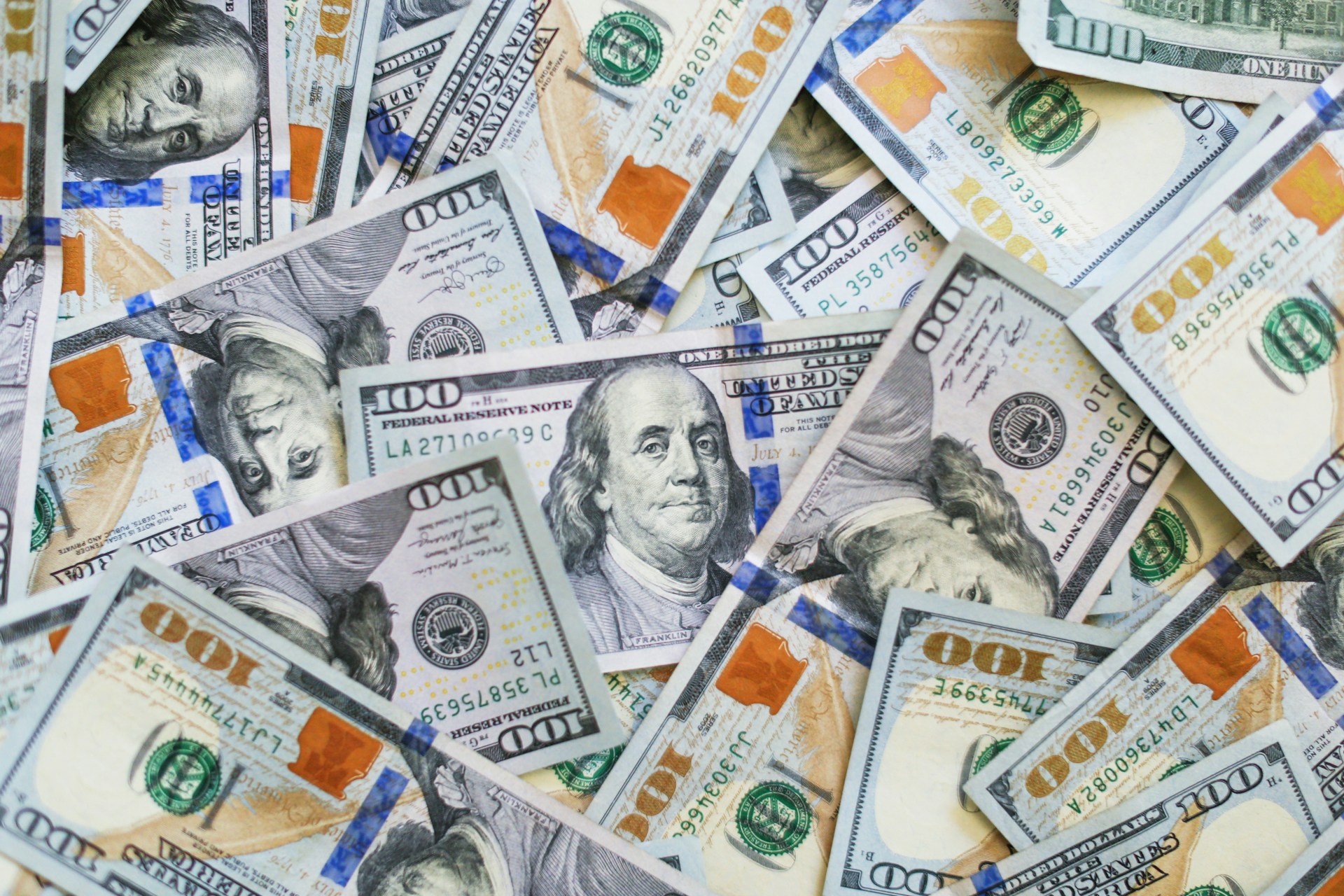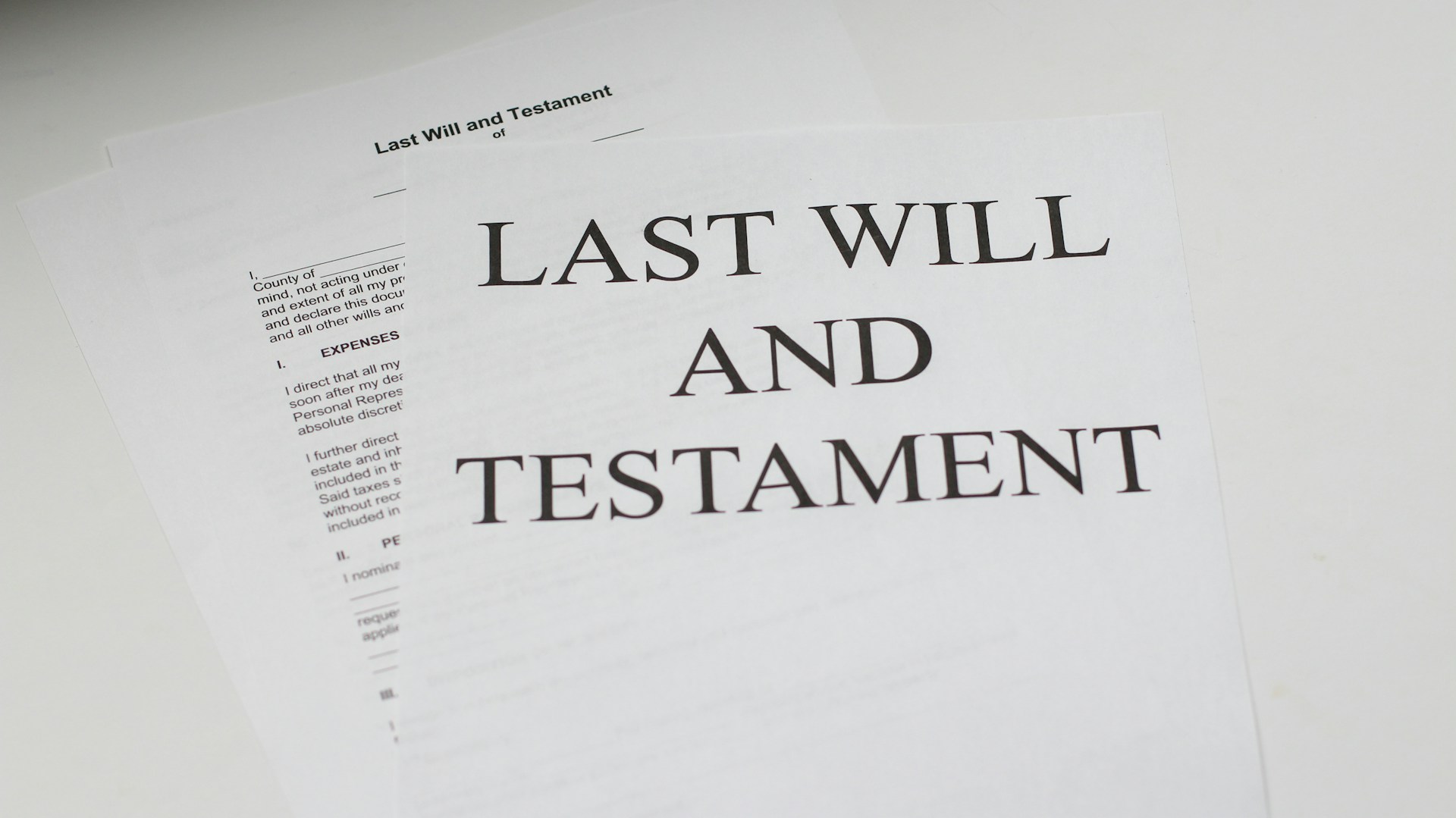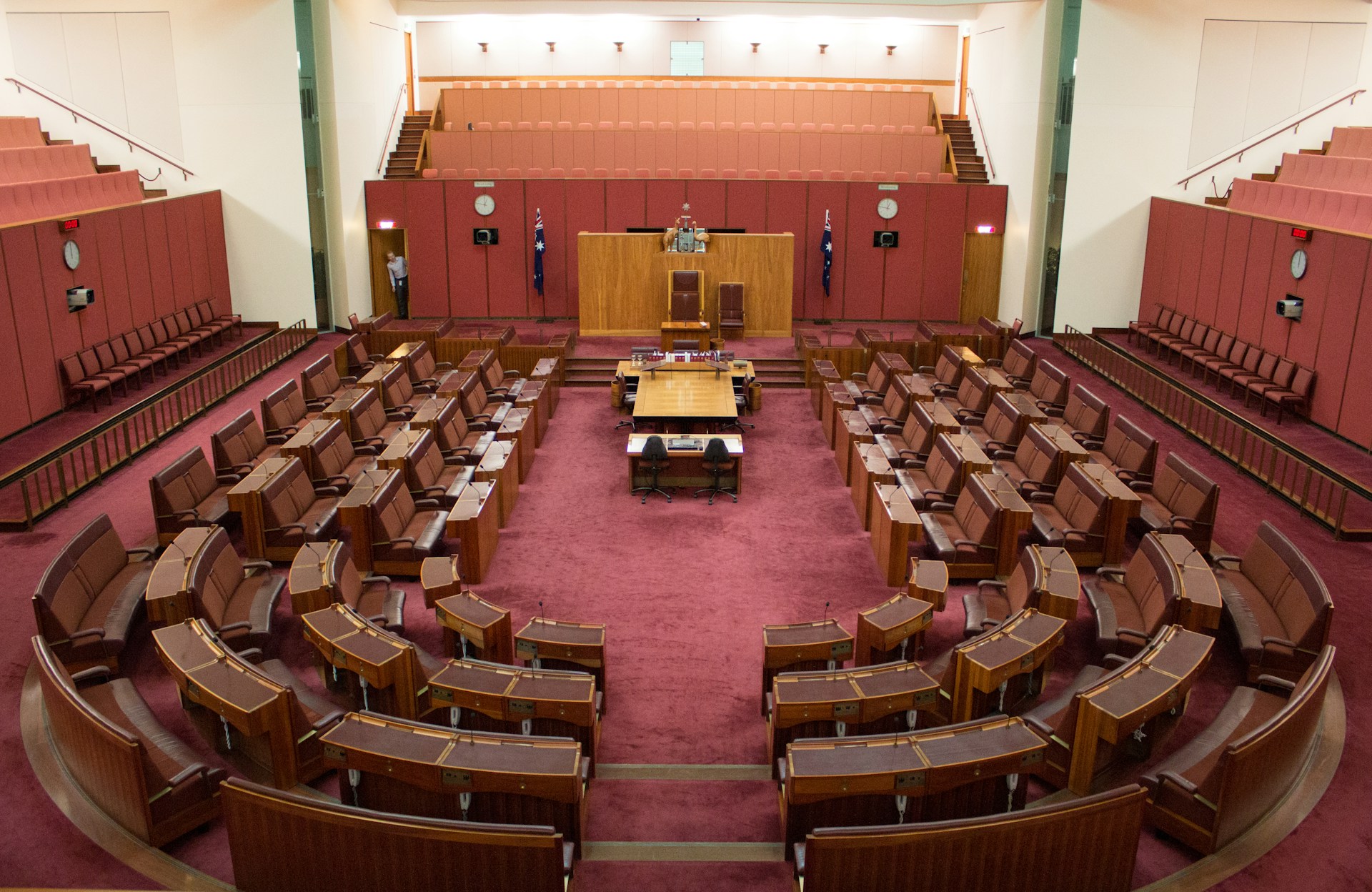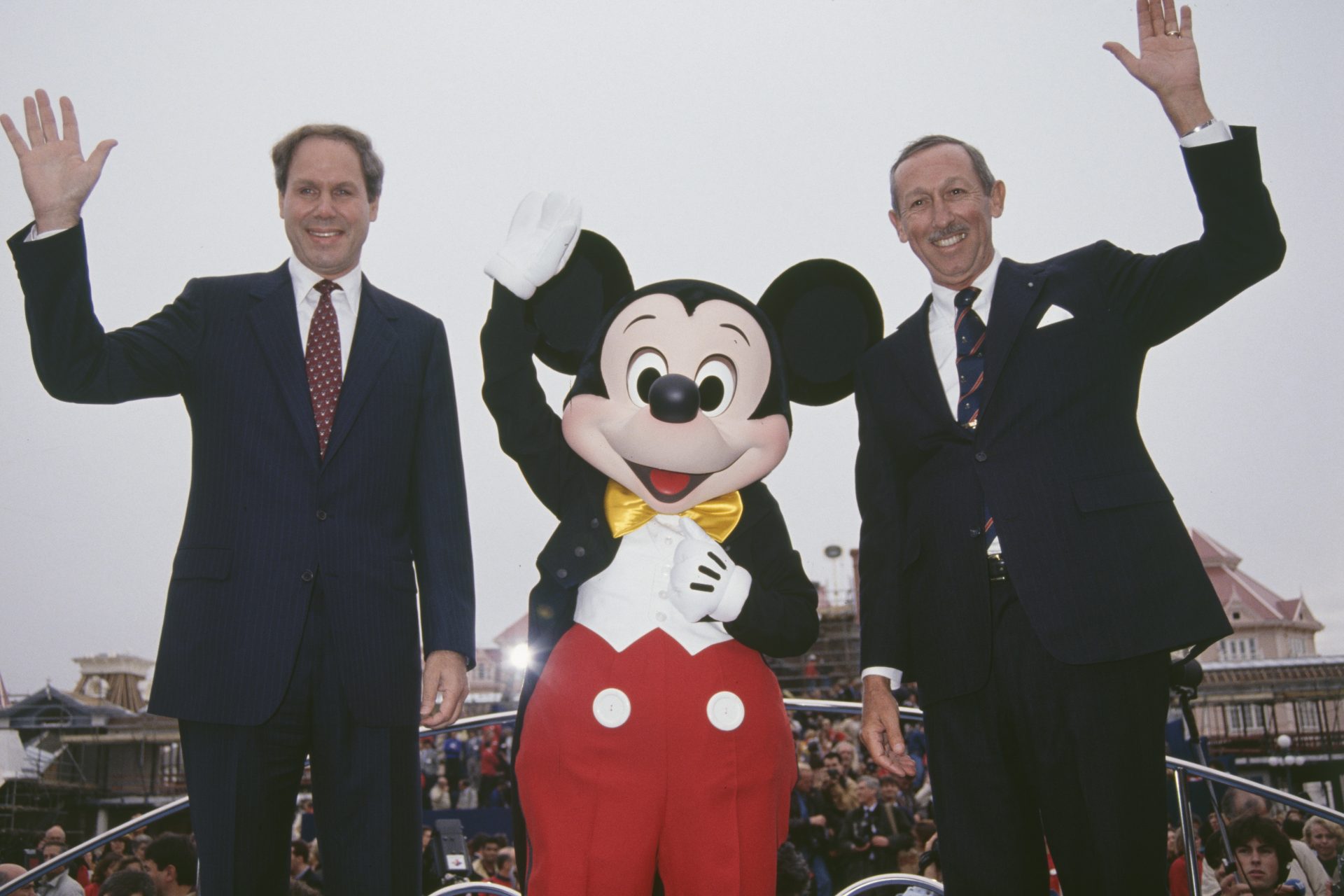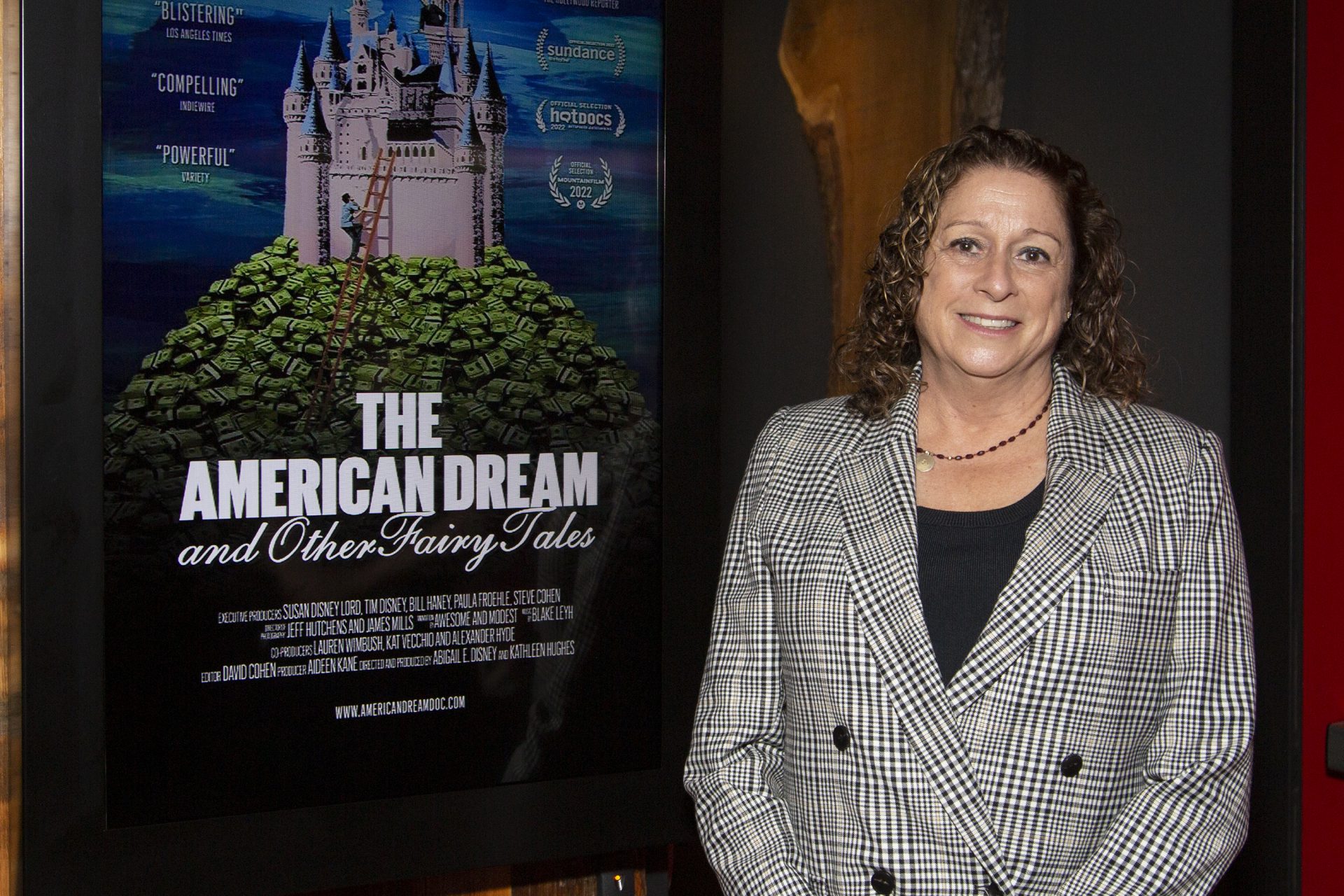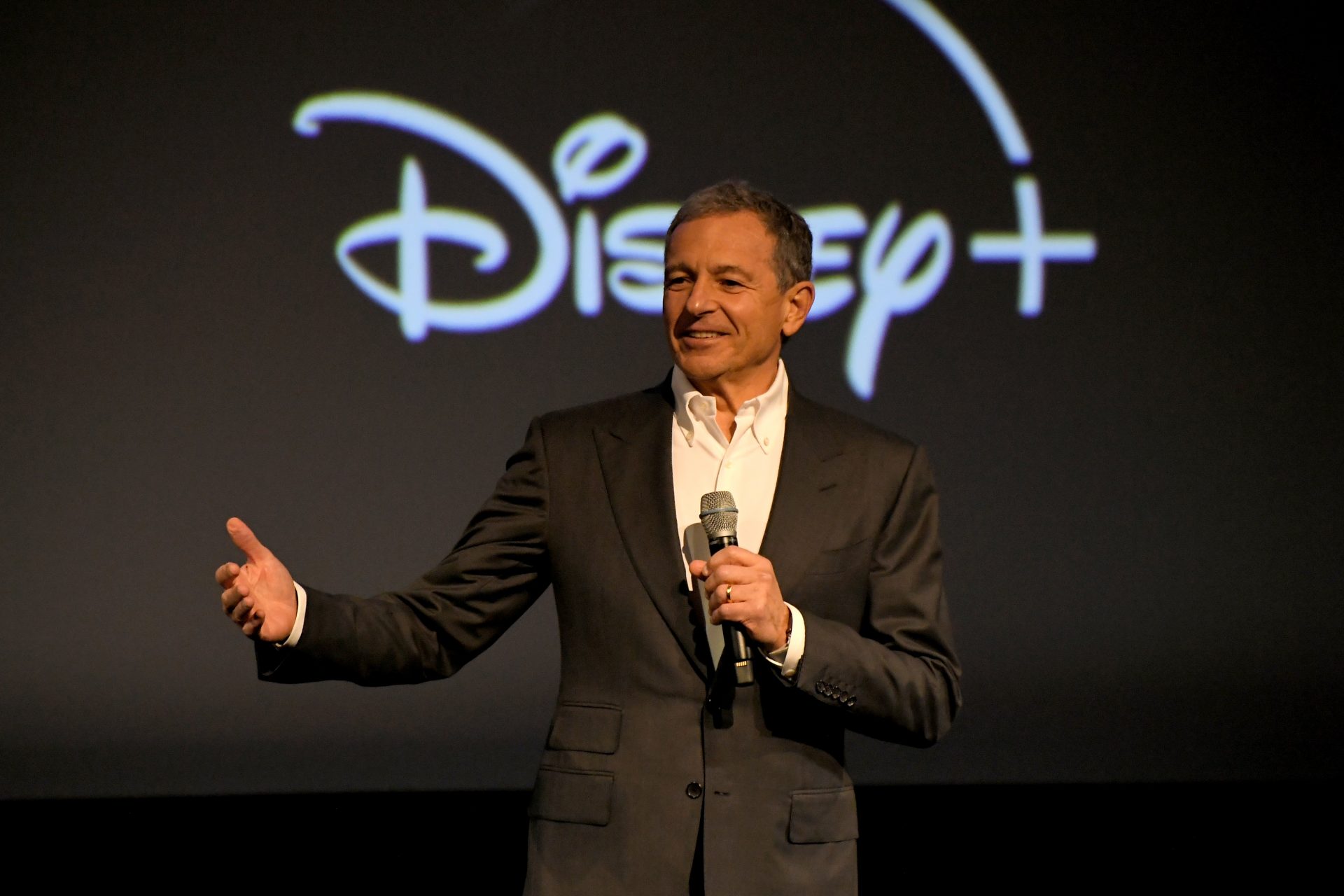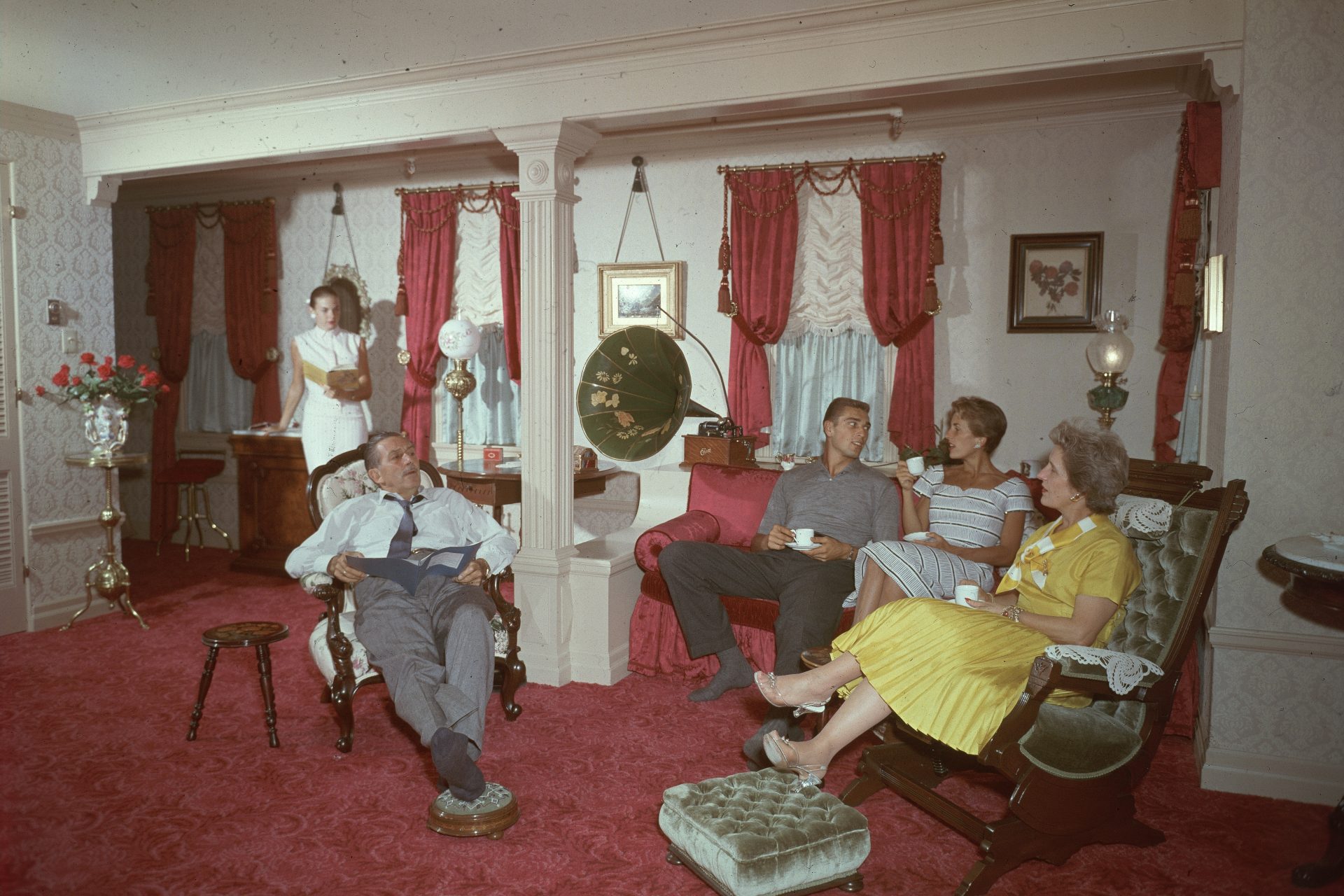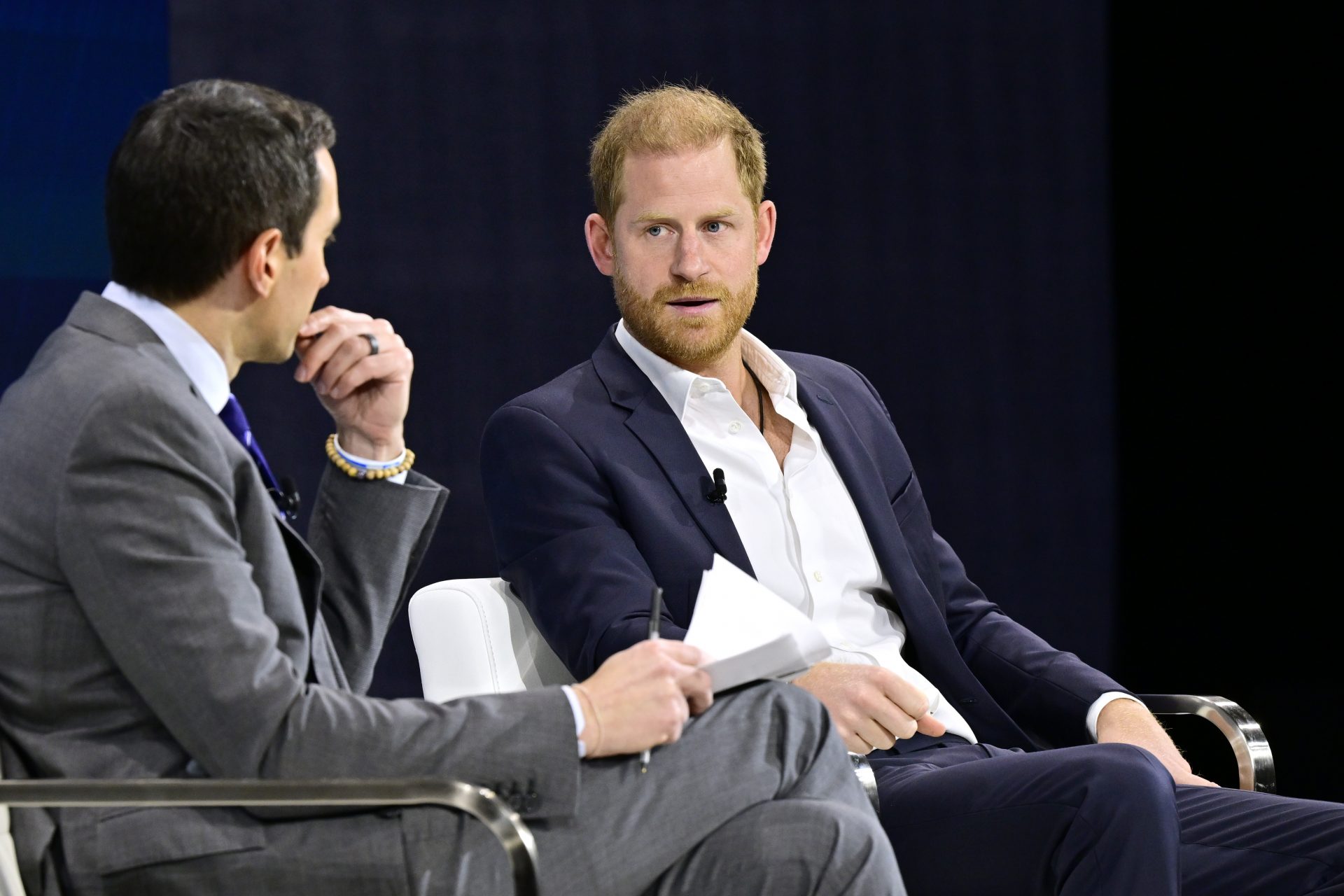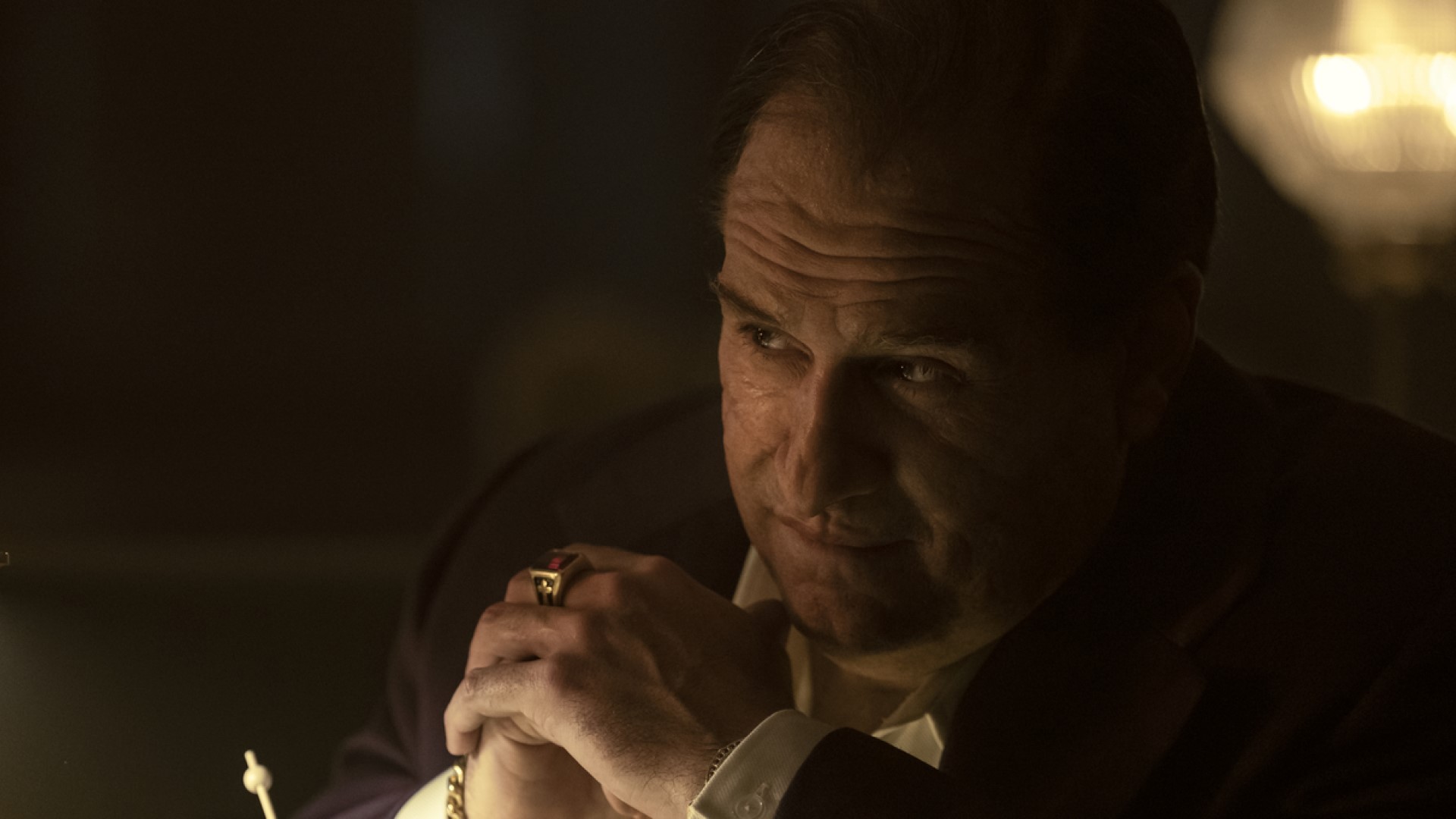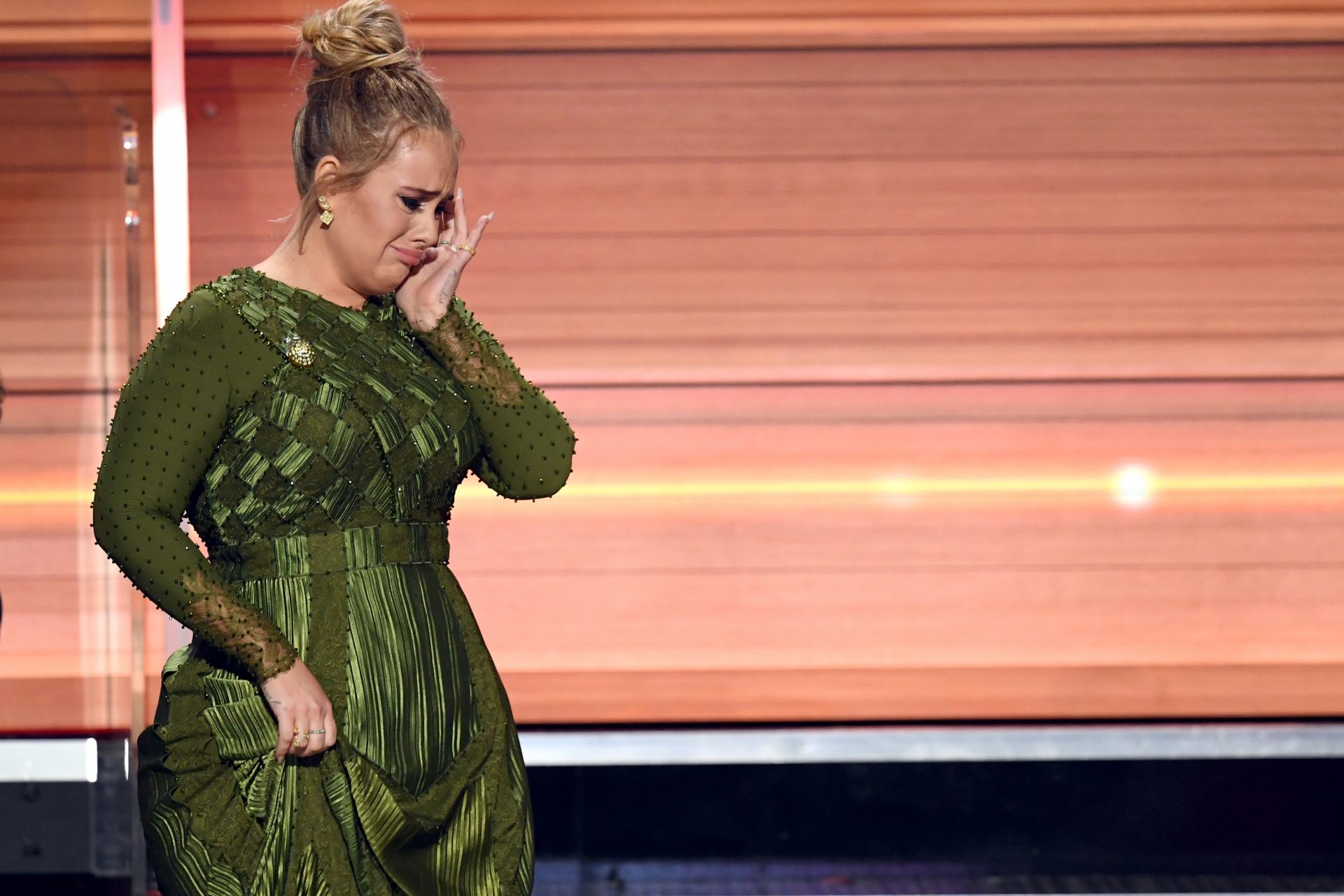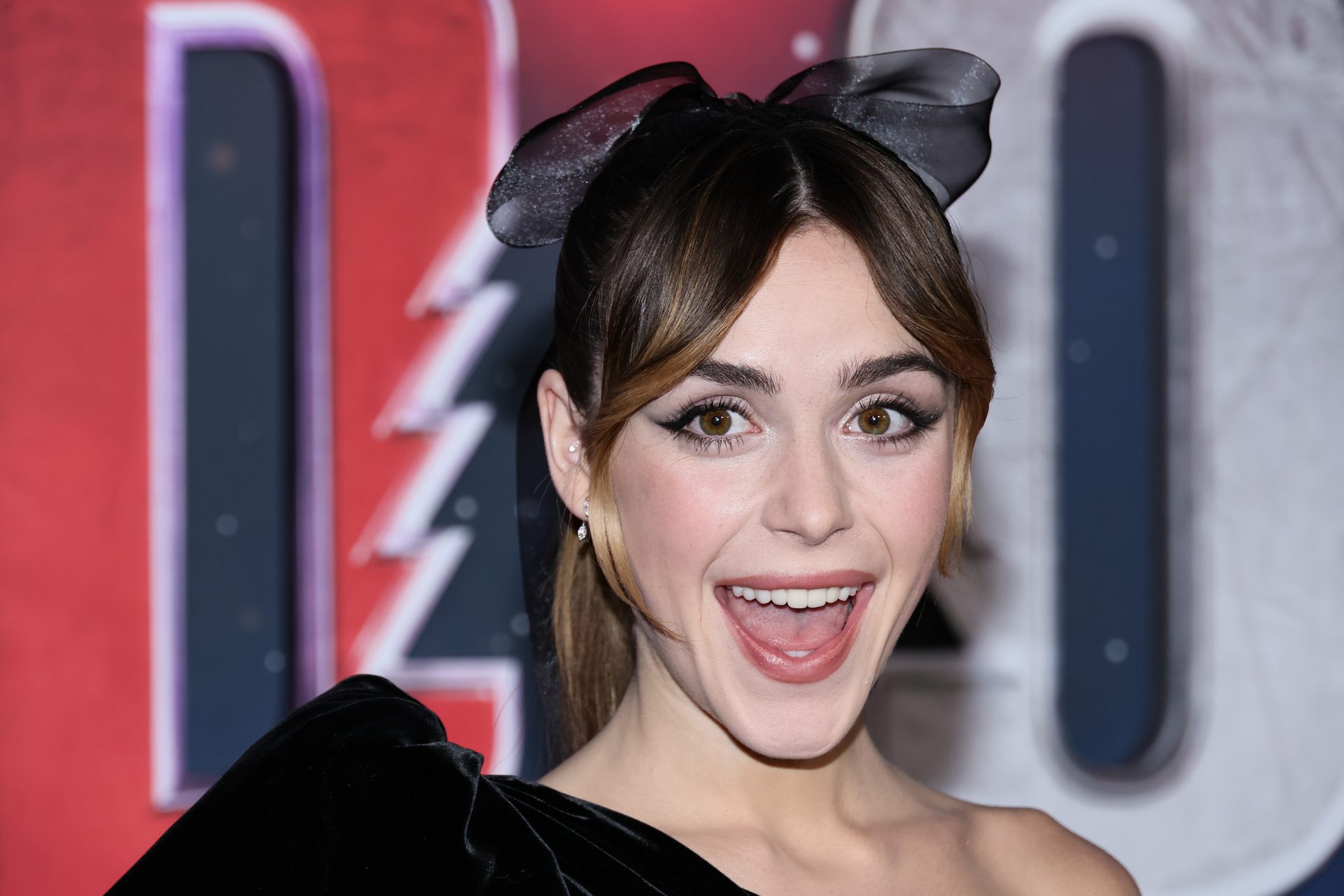The heirs of Walt Disney: a tale of billionaires, villains, and betrayals
With a market capitalization of over $200 billion, The Walt Disney Company is not only a benchmark in the entertainment industry but also one of the most lucrative and powerful companies in history.
To set the scene, the company was founded in 1923 by brothers Walt and Roy Disney, who elevated Mickey Mouse and friends to the status of Hollywood legends and pop culture icons.
Experts say that it's usually the third generation that tends to ruin family businesses. Fortunately for 'The Walt Disney Company', the current heirs hold no more than 3% of its shares. However, the story of the Disney heirs is worth telling, as it bears little resemblance to the company's own happily-ever-after tales.
Walt Disney passed away in December 1966, leaving his immense legacy to his two daughters and 10 grandchildren. Five years later, in December 1971, his brother passed away. That's when the Disney family began to lose its fortune.
From the 20% that Walt Disney controlled to the 3% held by the grandchildren today, it's not just a 17% difference, but tens of billions of dollars that have been lost along the way, as reported by The Hollywood Reporter's 2014 story: 'Walt Disney Family Feud: Inside His Grandkids’ Weird, Sad Battle Over a $400 Million Fortune,' which is the source for the following story...
In the case of Walt Disney, his inheritance was passed to Diane Marie and Sharon Mae, his two daughters. The former had seven children, lived a quiet life, and maintained her father's legacy, not only in creative terms but also in philanthropic endeavors.
Sharon Mae was quite the opposite. She had three children (Victoria Diane and the twins Brad and Michelle) in two marriages, the second with William S. Lund, who would be the developer of the land where DisneyWorld Orlando was built. She passed away in 1993, from breast cancer, at the age of 56, leaving an estate of $400 million to her three children.
Victoria Diane used the family fortune to live life in the fast lane, leaving this world in September 2002, at just 36 years old. Her parties in Las Vegas are still remembered.
Photo: Julian Paefgen / Unsplash
In the case of Brad and Michelle, as they had learning disabilities, Sharon Mae left her million-dollar legacy in three trusts with clear instructions: provide them with $20 million every five years, starting at age 35, until the balance of the $400 million she had set aside for them was exhausted.
Photo: Giorgio Trovato / Unsplash
Clearly, it was too much money not to tempt anyone, and the fortune's managers convinced Michelle to declare her twin brother Brad legally incapacitated before he reached 35 years old, due to an intellectual disability that was never proven, thus preventing him from receiving a single dollar of the inheritance.
Photo: Melinda Gimpel / Unsplash
But there was a problem. Michelle suffered an aneurysm and her life was in serious danger, even before reaching 40 years old. That's when the tables turned, as William S. Lund's second wife took Michelle into her home, with the same objective - to take away her fortune.
Photo: Gerda / Unsplash
In the process of declaring Michelle Lung Disney incapacitated, she recovered and was able to regain control of her estate, but not without going through a legal battle.
Photo: Natanael Melchor / Unsplash
And if Walt Disney's descendants had problems with their inheritance, Roy Disney's were no different. And yet it started wonderfully, with his son Roy Edward Disney involved in the company as a consultant, until his death in 2009.
After his death, Forbes estimated his fortune at $1.2 billion, which would be divided among his four children: Abigail, Tim, Roy Patrick, and Susan.
In this case, it was Abigail who went against everything established by her father and grandfather. She accused the company of labor exploitation and produced a documentary denouncing it: 'The American Dream and Other Fairy Tales'.
In fact, Abigail Disney was one of the most recognizable faces of the manifesto signed by 200 millionaires, asking the world's leading powers to tax large fortunes more heavily. Among them, Disney, with Bob Iger at the helm as CEO.
Given the situation, if Walt Disney were to wake from the dead, he might bump his head on the lid of the cryogenic chamber where he's frozen, but upon emerging, he would see that, indeed, the cliche about the third generation has also been true for his family. Although, in his case, the company continues to be even more powerful than when he left it.

